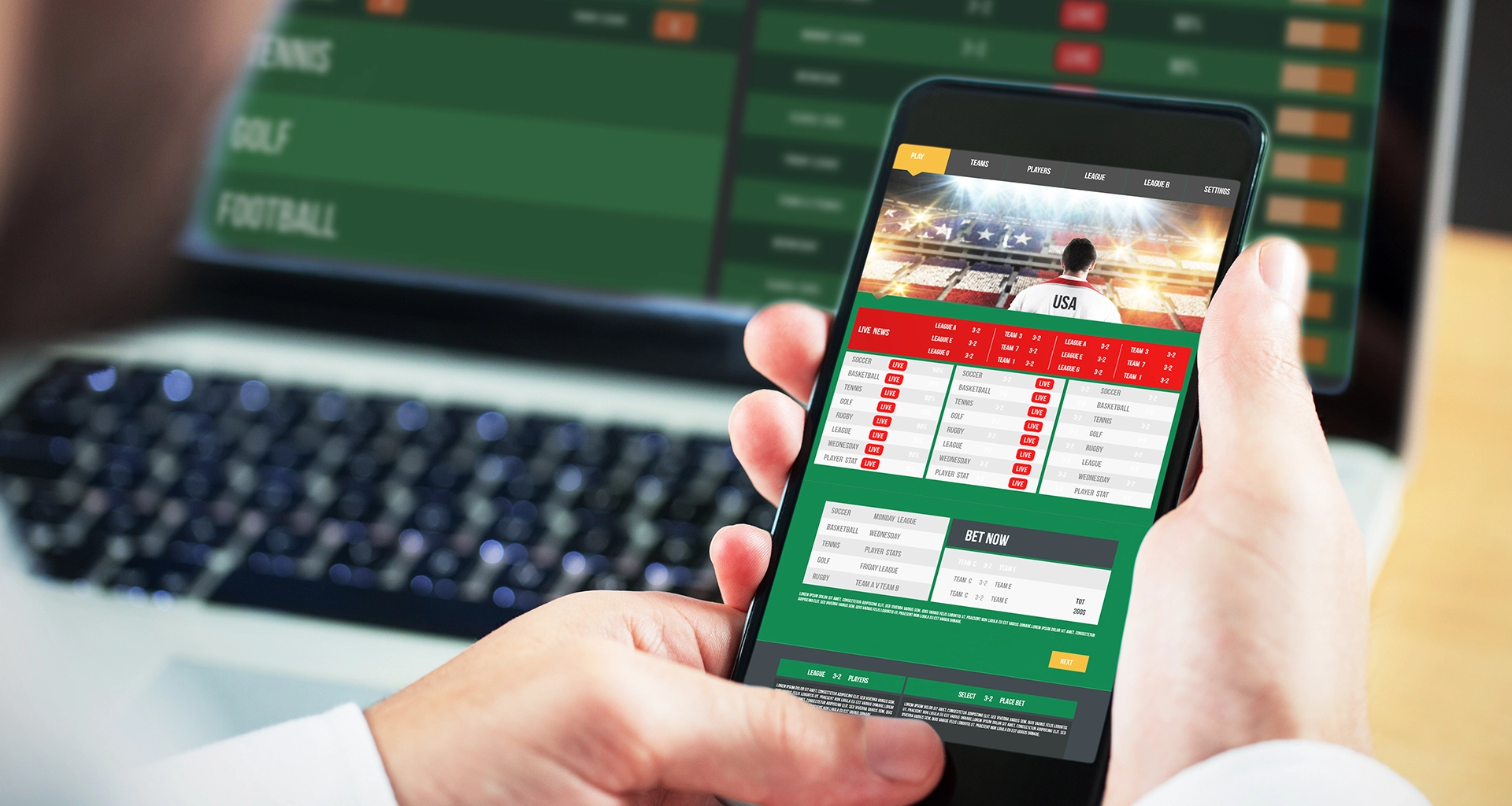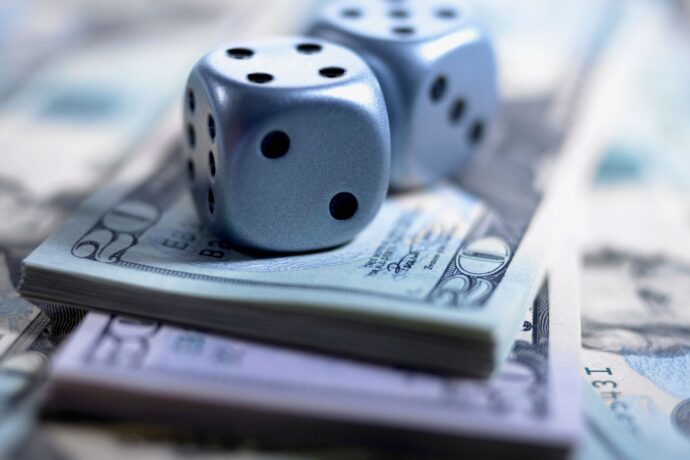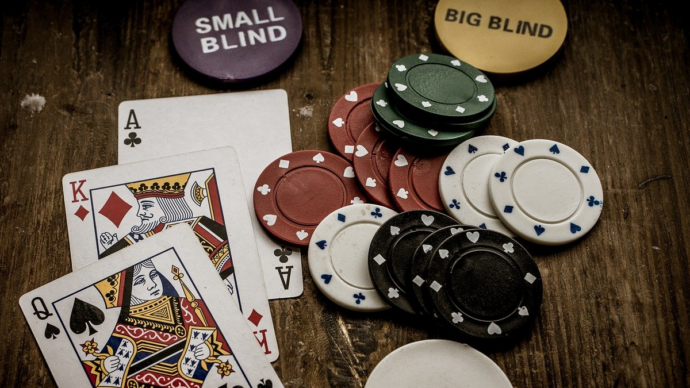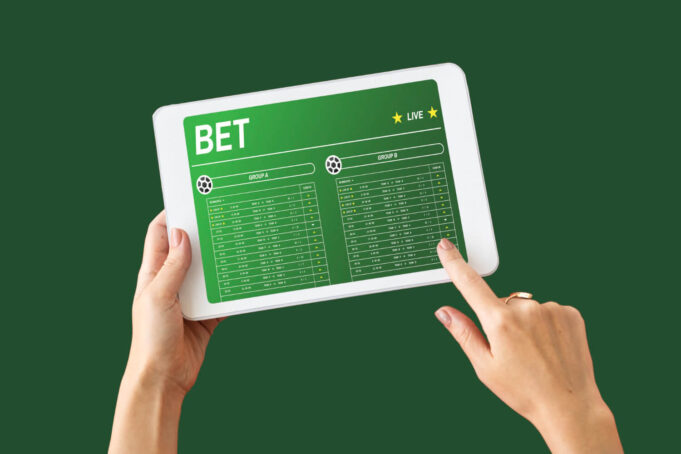In the high-stakes world of gambling, setting the right lines is the difference between building a profitable sportsbook or getting smoked by savvy bettors. With legal wagering expanding across states, both seasoned and emerging operators are diving into this complex arena. Determining house edge across bet types while avoiding unnecessary risk is critical. Let’s break down the nuances of balancing the books.
Defining Vig and the Goals of Operators

The house edge, also known as vigorish or vig, represents what sportsbooks aim to hold across all placed wagers. This can range from 1% to over 10% based on bet type. While bettors are looking to maximize payouts, operators must craft lines that attract equal money on both sides to minimize risk. If 70% of action comes in on one side, they’re exposed. The math must account for their desired house edge too while avoiding lines so skewed they deter bettors.
Moneyline Wagers: Removing the Possibility of Ties
Moneyline bets are the most straightforward – pick a team to win outright. Heavy favorites see bettors risk more to win less, while long shot underdogs offer enticing payouts. In a perfect toss-up match, the true odds should be set at +100 for each squad. Bet $100 to win $100.
To build in vig, operators may adjust to -105 on the favorite – bet $105 to get $100. Meanwhile, the dog drops to +120 – bet $100 to net $120 if they pull the upset. The house edge comes from removing any chance of a push on the standard +100 line. Over thousands of games across multiple sports, it adds up.
Managing the Middle on Sides and Totals
Spread wagers increase complexity. Final margins and scores can wildly swing. Operators rely on historical analytics and data models to guide initial lines. But balancing action on both sides is key. Use a star Quarterback facing a porous Pass Defense as an example. They may open as 14-point Favorites as analytics show a predicted final score around 34-17, with a 55 point total.
But if 70% of bets pour in on the Over 55 along with the Favorite covering -14, the adjusted lines now aim to entice bettors to take the Under and the Underdog against the point spread. This minimizes potential payouts and liability. Setting, adjusting and managing risk on sides and totals is integral to the sportsbooks bottom line.
In-Game Excellence and Exotic Offerings
In-game and prop betting delivers creative exotic wager types to further engage customers. However, volatility runs high. Assessing outcomes play-by-play or on player performance micro-events can prove disastrous without the data intelligence guiding profitable lines.
For example, a star Wide Receiver averaging 6 catches a game at 50 yards each may entice bettors to wager he goes Over 5.5 grabs that week. But his quarterback is injured, missed practice, and faces a top Pass Defense allowing just 180 yards per game. Without adjusting for these variables, the book faces unnecessary risk even with seemingly safe lines. Mastering exotics requires next-level analytics.
Consistency Rules the House

While individual matchups and events create variable outcomes, sharp operators model historical data and trends to guide decision-making across tens of thousands of bets. The difference of a few percentage points in house edge shapes overall profitability. Consistency over the long run trumps the short-term results of one game or event.
Managing risk based on betting limits for sharps, restricting winning bettors and mitigating maximum payouts are all tactics sportsbooks implement to hone their desired hold percentages between 5% to 7% based on jurisdiction and regulation. Balancing the money coming in is a complex craft, but mastering the data and odds math paves the path to operational profitability.
Beyond Sportsbooks: Does The Vig Exist In Online Casinos?
After exploring the concept of vig in sportsbooks, it’s intriguing to consider how this applies to online casinos like FairGo casino. While the nature of the vigorish in sports betting and casino gaming differs, the underlying principle of a house edge remains consistent.
The Nature of Vig in Online Casinos
In sportsbooks, the vig is the bookmaker’s margin built into the odds. In online casinos, however, the vig is represented by the house edge inherent in each game. This edge is a percentage reflecting the casino’s average profit from a player’s bet. For example, in slot games, the Return to Player (RTP) percentage directly indicates the house edge. A game with a 95% RTP has a 5% house edge.
Variability of Vig Across Casino Games

Different casino games have varying levels of house edge. Games like blackjack can have a lower house edge, especially when played with optimal strategy. In contrast, games purely based on chance, like slots or aviator, typically have a higher house edge. Understanding these differences is crucial for players to make informed decisions about where to wager their money.
Transparency of House Edge in Online Casinos
One advantage of online casinos is the transparency in the house edge. Most reputable online casinos provide RTP figures for their slot games and detailed rules for table games, which can help players estimate the house edge. This transparency allows players to understand their odds better and choose games that align with their risk tolerance and playing style.
Strategies to Mitigate the Impact of Vig
Although the vig is an integral part of online casino games, players can adopt strategies to mitigate its impact. This includes choosing games with a lower house edge, managing bankrolls effectively, and understanding and utilizing game strategies where applicable (like basic strategy in blackjack).
Vig and the Online Casino Experience
While the house will always have an edge, it doesn’t mean players can’t win. The vig ensures the casino’s profitability in the long term, but in the short term, players can and do win. The key is to approach online gaming with a balanced perspective, recognizing the role of the vig while enjoying the entertainment and potential winnings these games offer.
The awareness of vig, both in sports betting and online casinos, equips gamblers and bettors with a crucial tool for smarter decision-making. Understanding the house edge or the bookmaker’s margin allows players to approach their betting with a more strategic mindset. It offers clarity on how odds are set and how profits are made, demystifying the process and helping in the selection of bets and games with better value.
















